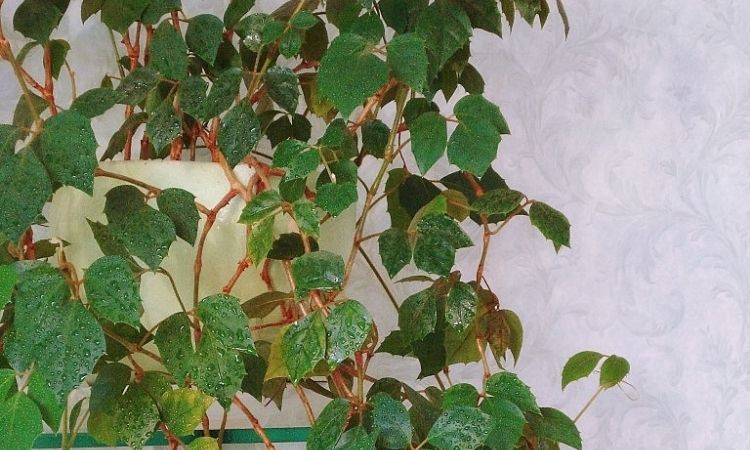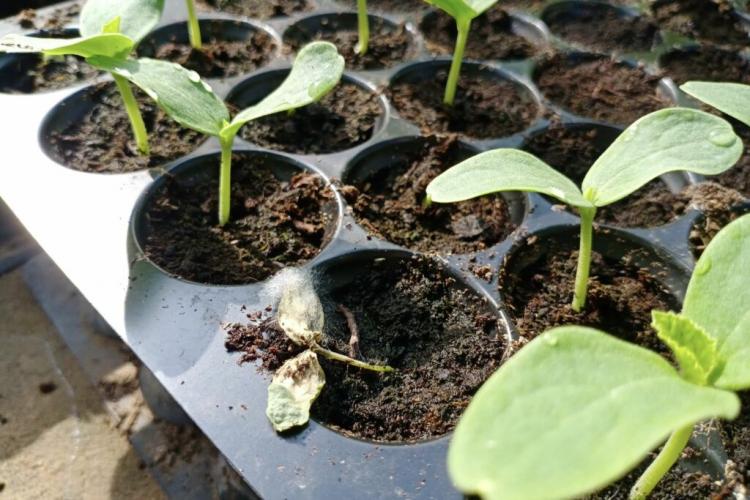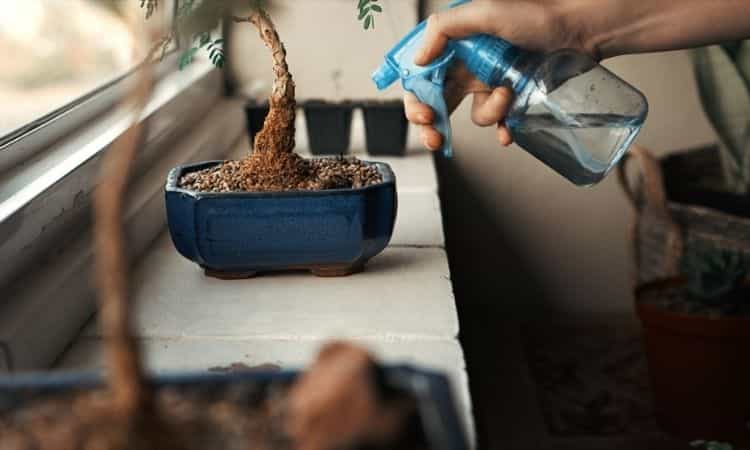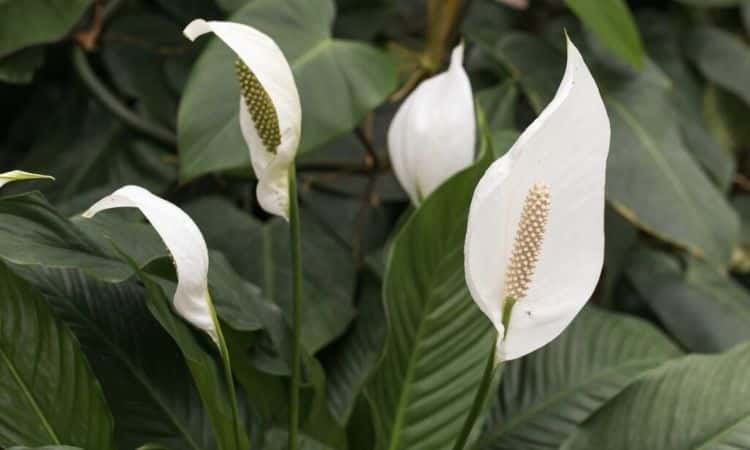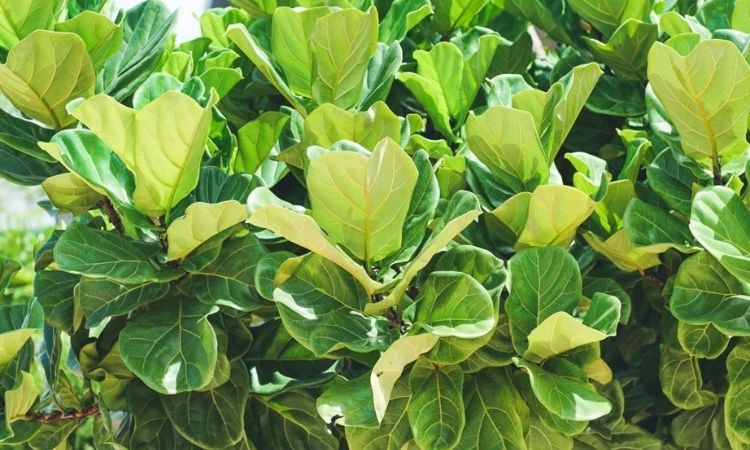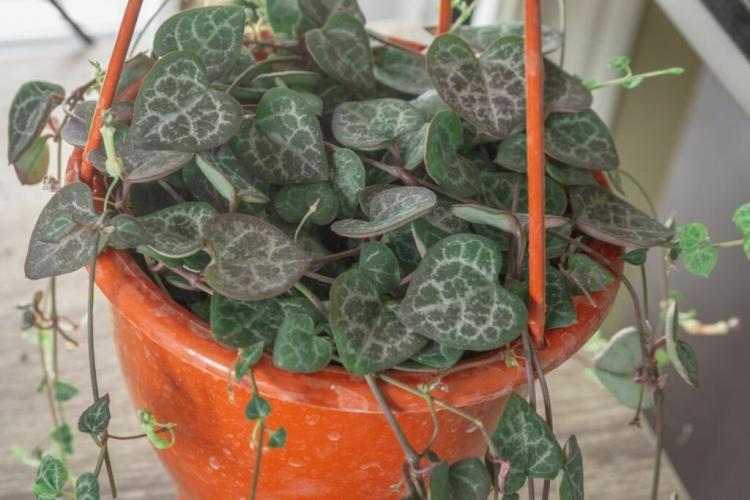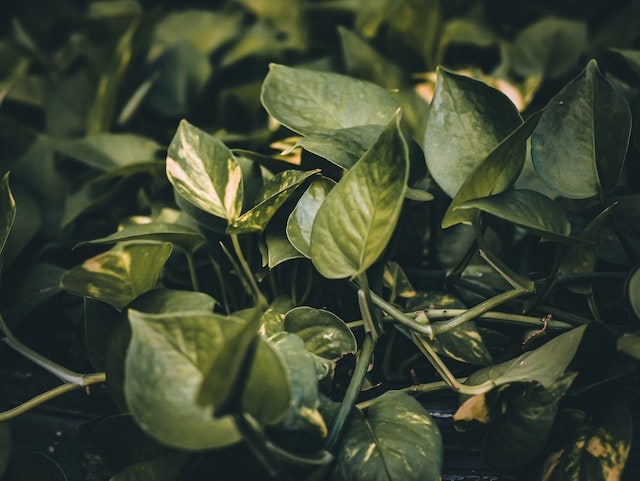Rhoicissus
The herbaceous perennial plant Rhoicissus, also called birch, is a member of the grape family and is characterized by rapid growth. Its stems can be creeping or climbing, while in natural conditions their length can reach 300 cm or even more. This perennial comes from the tropical part of South and Central Africa.
The birch is cultivated at home as an ampelous plant. It is fast-growing. If its shoots are not cut off, they can reach about 150 cm in length. Quite large leaf plates have a bright green color. The shape of the foliage directly depends on the variety and can be very different, for example, rounded, finger-like, grape, etc.
The flowering of such an ampelous plant is observed only in nature, while it does not represent any particular decorative value. In the summer, short stalks form from the leaf axils, on the tops of which a large number of very small pale green flowers are formed, which are collected in umbrellas.
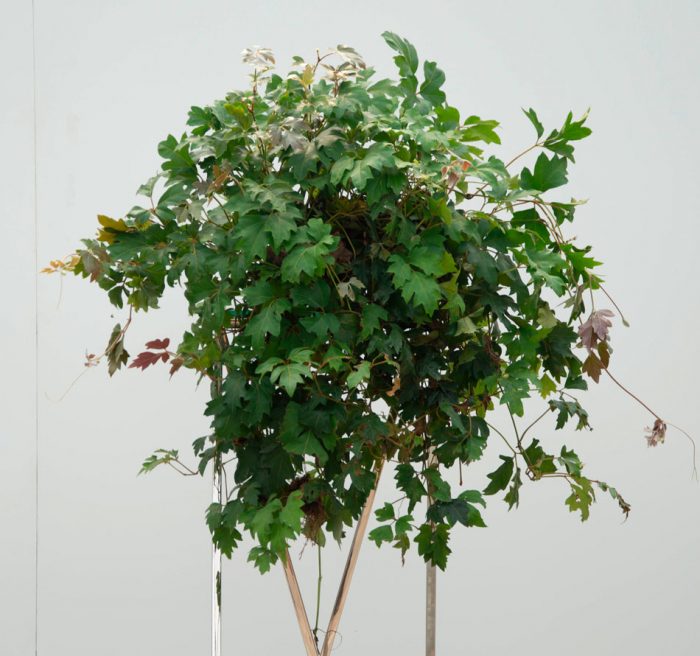
Brief description of cultivation
Table of Contents
- Temperature. During the growing season – about 21 degrees. The plant should overwinter in the cool – about 15 degrees, but the room should not be colder than 10 degrees.
- Air humidity. It should be moderate. Rhoicissus grows even at low air humidity, but only taking into account regular humidification from a spray bottle.
- Illumination. Can be grown in shade, but the plant does best when it gets plenty of bright, ambient light. Remember to shade the bush from direct sunlight at noon.
- Watering. The substrate is moistened moderately after the top layer of the soil mixture has dried: in the warm season – once every 3-4 days, and in the winter – 2 or 3 times a month.
- Substrate. You can take a ready-made store substrate, which should be fertile and loose. You can make a soil mixture yourself by combining turf, garden, and leafy soil with perlite (sand) in a ratio of 2: 2: 2: 1.
- Fertilizer. During the growing season, once every 15 days with a liquid mineral complex for indoor crops.
- Transplant. It is carried out when the bush becomes cramped in the pot. Young specimens – 1 or 2 times a year, adults – 1 time a year, and in old ones – the transplant is replaced by the annual replacement of the top layer of the soil mixture with a fresh substrate.
- Reproduction. Parts of the shoot, dividing the bush and cuttings.
- Pruning. Due to the systematic pinching of the upper parts of the stems, the bush will be thicker and tidier.
- Features of care. The plant needs to regularly arrange a warm shower in order to wash off the dust from the foliage. In summer, if desired, the bush can be transferred to fresh air (balcony or garden), while it is shaded from the direct rays of the sun at noon.
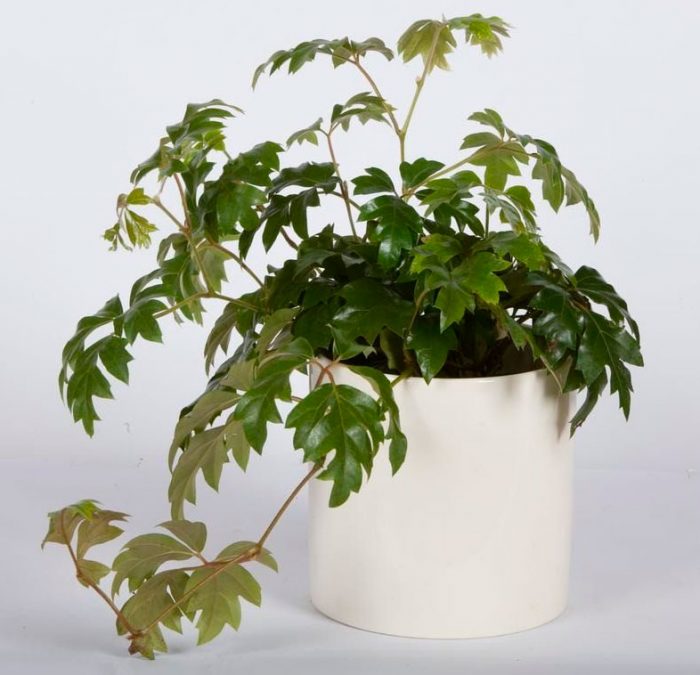
Rhoicissus home care
Temperature
In the spring and summer, the bush should be warm – from 18 to 22 degrees. For wintering, it is rearranged in a cool place, while the air temperature should be approximately 15 degrees, but no colder than 10 degrees.
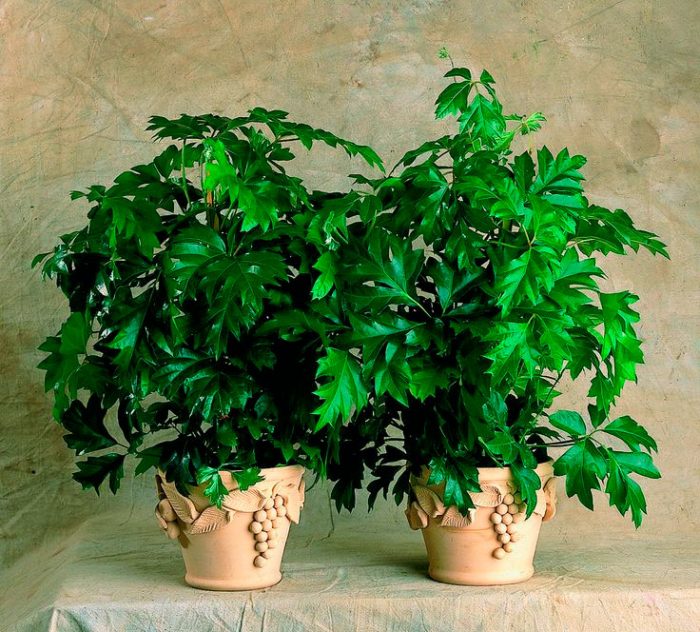
Air humidity
Rhoicissus grows quite normally and develops at low air humidity. But at the same time, so that the tips of the leaves do not dry out, and the plates themselves are painted in a bright green color, the bush should be systematically moistened from a sprayer. The procedure is carried out twice a week, using well-settled non-cold water for this.
Illumination
The plant develops normally and grows in little shade or in bright, diffused light. Moreover, he does not need long daylight hours. For a bush, a window facing east, west, or south is best suited, while it must be shaded from the midday sun.
Watering
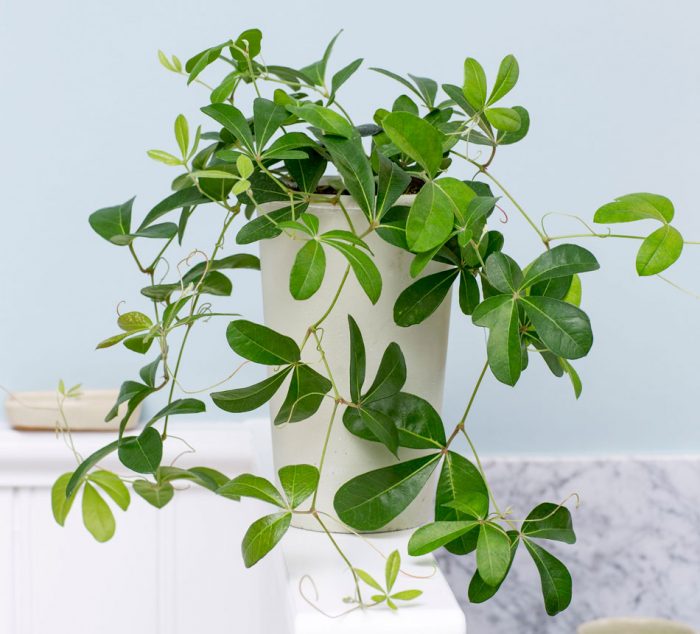
During the growing season, watering should be abundant, but the substrate should be moistened only after its top layer dries to a depth of 10–20 mm. For irrigation, settled water is suitable, the temperature of which should be close to room temperature. In the cold season, they resort to reducing the frequency of watering, but at the same time, make sure that the lump of earth in the pot does not dry out. Otherwise, foliage may fly around.
Pot selection
A capacious and stable pot is used for planting Rocissus. Since it belongs to fast-growing crops, you will have to replace the container with a larger one at least once a year. After the bush is planted in a container 30 centimeters across, the transplants can be stopped, and do not forget to replace the top layer of the soil mixture with fresh substrate once a year.
Earth mix

The birch tree is undemanding to the composition of the substrate. It grows well in any store-bought ready-made soil mixture, which must be necessarily loose and nutritious. If desired, the substrate can be made by hand. To do this, mix 2 parts each of garden, leaf, and sod soil, and also add 1 part of sand (perlite).
Fertilizer
Since this plant is fast-growing, it actively draws nutrients from the substrate. In this regard, the bush needs mandatory systematic feeding, which is carried out with a frequency of 2 times a month. For this, a mineral complex for domestic plants is used in liquid form. And such an ampelous culture reacts well to feeding with organic fertilizers.
Rocissus transplant
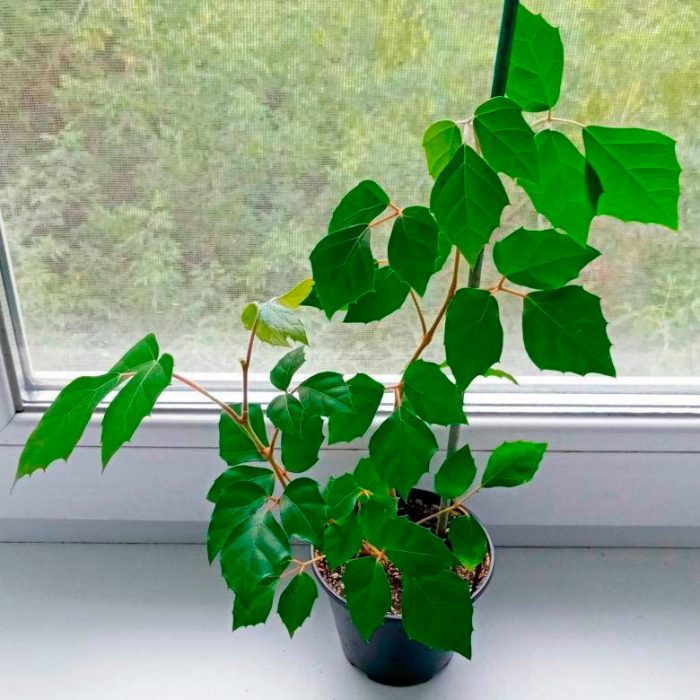
Since young bushes grow most actively, they should be transplanted at least 1 or 2 times during the year. Mature plants need to be transplanted annually, while the old pot is replaced with a new, larger one.
It is extremely difficult to replant old Rocissus bushes because they are very large. In this regard, in such specimens, it is recommended only once a year to change the top layer of the substrate 30 mm thick for a new soil mixture.
Pruning
Over the years, such a houseplant can grow, which will lead to the loss of its decorative appearance. To avoid this, do not forget to systematically pinch the tops of the elongated stems. You should also cut off any shoots that, in your opinion, spoil the appearance of the Rocissus. Pruned shoots can be used as cuttings if desired.
Bloom
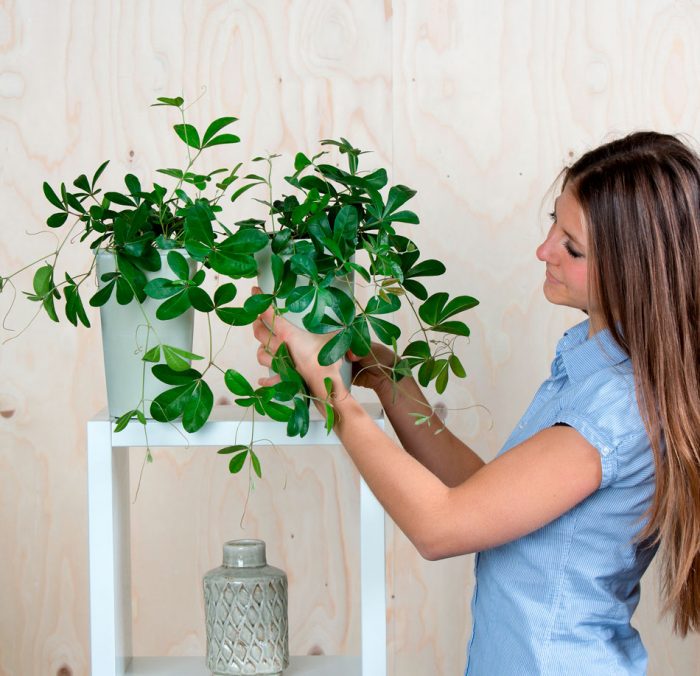
Rocissus blooming indoors is a very rare occurrence. In natural conditions, the plant blooms, as a rule, at the beginning of the summer period. From the leaf sinuses, unattractive small flowers of a pale green hue are shown, which are part of the umbrella-shaped inflorescences and have short petioles.
Dormant period
Such a plant needs a mandatory dormant period in the winter. With the onset of the cold season, when the daylight hours become very short, the plant is moved to a cooler room (about 15 degrees). It is necessary to moisten the substrate at this time sparingly and infrequently, otherwise, rot may appear on the root system. In winter, the flower is not fed.
Reproduction methods
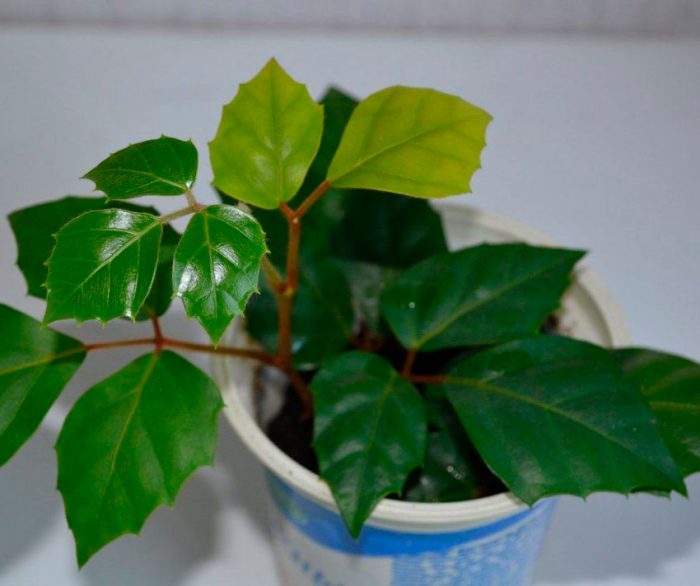
Growing from seeds
Rocissus seed material sprouts very poorly. In this regard, this method is rarely used by growers for propagation.
Cuttings
For harvesting cuttings, the upper parts of the shoots are used. Each of them should have 1 living kidney, and two or three more fully-formed leaf plates. In prepared cuttings, the places of the cuts must be sprinkled with coal powder. For rooting, the segments are planted in any soil mixture, the main thing is that it is loose. Instead, they can be placed in a glass filled with water.
Rhoicissus stalk takes root quite simply and quickly. After the formation of several powerful roots, the cut is planted in a permanent separate pot.
Propagation by parts of the stem
Propagation of Rocissus by parts of the stem is very similar to propagation by cuttings. However, the prepared segments are laid out horizontally on the surface of the soil mixture. From above, the container must be covered with glass or film. After about 4 weeks, young shoots should appear from the leaf sinuses. When the plants grow up and get stronger, they are transplanted into permanent pots.
Dividing the bush
A heavily overgrown adult bush can be divided into several parts during transplantation. Each section should have roots and shoots with leaves. Treat the cut sites with charcoal, and then plant the cuttings in separate pots.
Possible problems
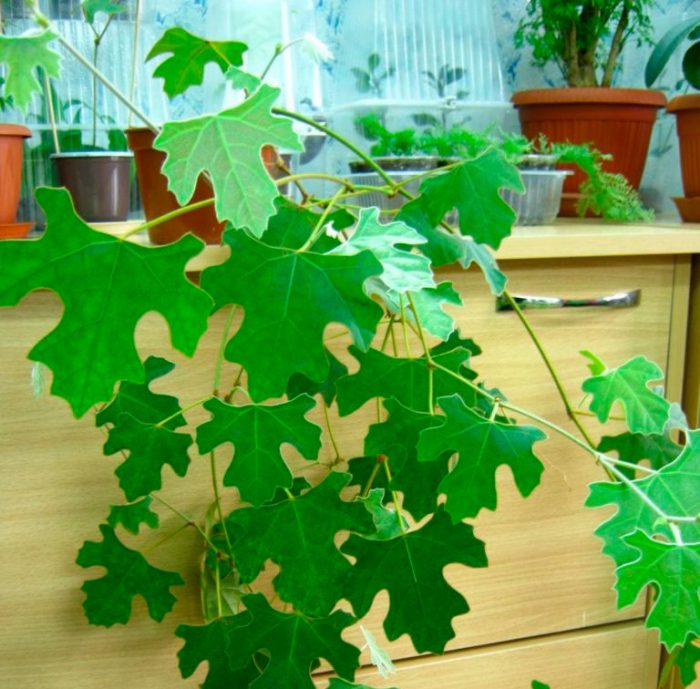
Indoor Rhoicissus is undemanding to care and maintenance conditions and is also resistant to diseases. However, if you violate the rules of care with him, the following problems may arise:
- Brown specks on foliage. These are burns left by the scorching rays of the sun. Remember that at midday the bush needs protection from the sun’s rays.
- Shrinking foliage and stretching stems. The bush is in an excessively dark place. Choose a more suitable and bright place for it.
- Yellowing of the leaf plates. This may be due to the fact that the plant is experiencing an acute lack of nutrients. And also such a problem arises with improper watering. Rhoicissus must be fed regularly and do not forget to water it in a timely manner.
- Drying of foliage tips. The air in the room is very dry. Provide the bush with timely moistening of the leaves from a spray bottle.
- Pests. Most often, mealybugs, whiteflies, spider mites, and aphids settle on such a room culture. In order to get rid of pests, the plant is treated with an insecticide solution.
Rhoicissus species with photos and names
Rhoicissus digitata
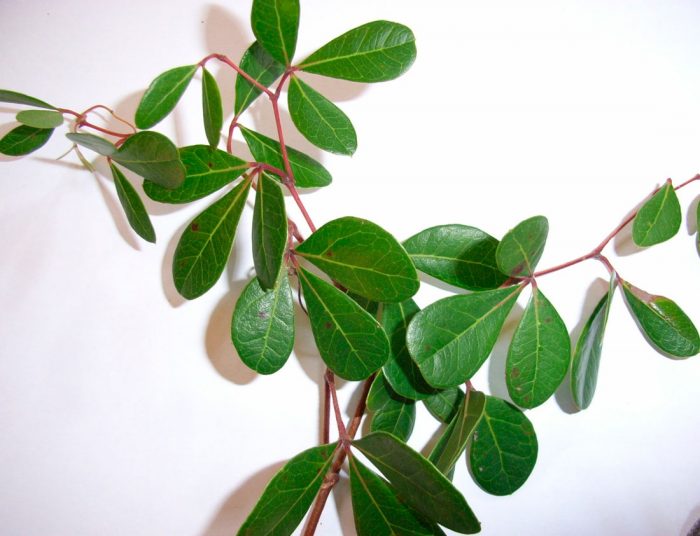
This species is highly decorative. Its finger-shaped leaf plates look very unusual and impressive. Their surface is shiny and leathery to the touch. She has an attractive emerald green color. On the seamy surface of the foliage, there is a layer consisting of thin fibers of a pale red color. Flowering is observed only in natural conditions. On the bush, yellow flowers with a greenish tint appear, which do not represent any decorative value.
Rhoicissus rhomboidea
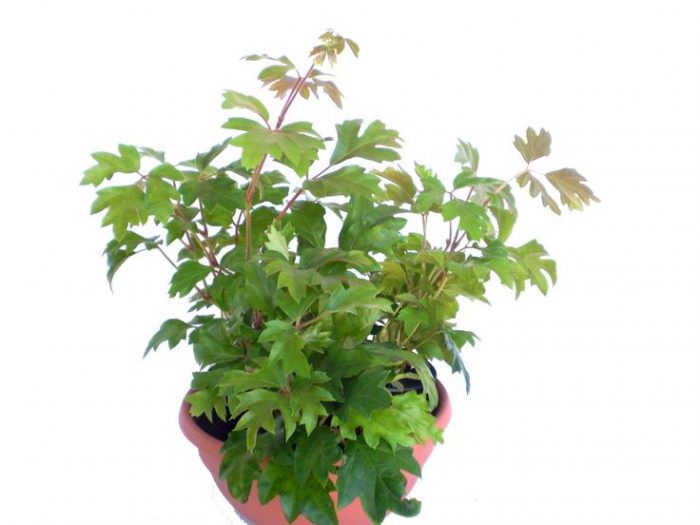
This type is most popular with flower growers. Its stems are flexible and long, and they are decorated with large leaf plates of bright green color. Their shape is complex: they include 3 diamond-shaped parts. Under natural conditions, small whitish-green flowers form on the branches during flowering.
Rhoicissus capensis
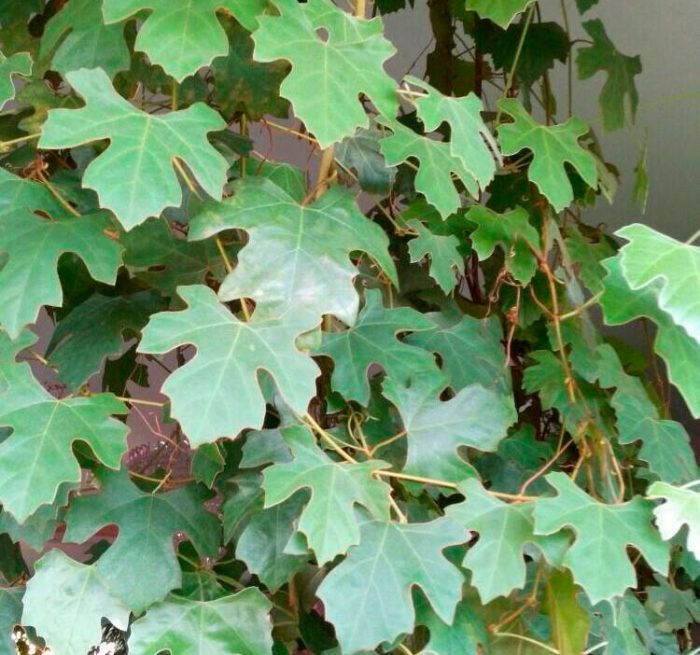
The species is a spectacular liana-like climbing plant. Its solid leaf plates are leathery to the touch and are very beautiful. They are similar in shape to the leaves of grapes, and their color is malachite green. Under natural conditions, during flowering, very small flowers of a pale green color are formed on the bush.
